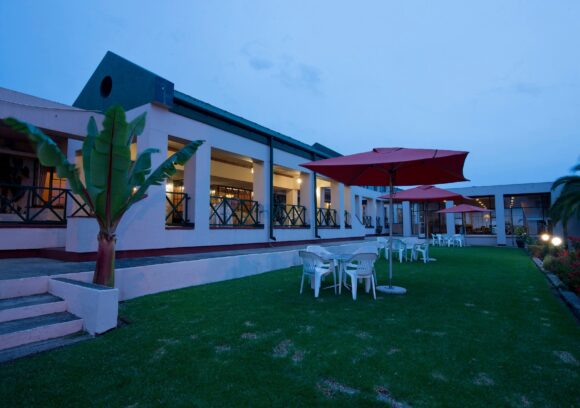World Bank confident of Zimbabwe’s 2022 growth rate
The World Bank notes that Zimbabwe, like any other global economy, has not been spared from the rise in inflation rates that have seen global central banks tightening monetary policies and raising interest rates to curb soaring prices.
The World Bank in its latest Global Economic Prospects kept its 2022 GDP forecast for Zimbabwe unchanged at 3,7 percent.
This comes on the back of expected reduced agriculture output due to adverse weather conditions.
In March the global lender had cut Zimbabwe’s 2022 growth projections from the initial 4,3 percent to 3,7 percent which it has now maintained.
Despite maintaining the growth projections, the World Bank notes that geopolitical tensions, global economic shocks, rising food, oil and commodity prices have led to a slash in growth targets for most economies, including Zimbabwe.
The World Bank notes that Zimbabwe, like any other global economy, has not been spared from the rise in inflation rates that have seen global central banks tightening monetary policies and raising interest rates to curb soaring prices.
Zimbabwe has projected that its economy would grow by 5,5 percent this year premised on growth in agriculture, mining and tourism.
Finance and Econimic Development Minister, Prof Mthuli Ncube has, on a number of occasions, maintained that the country’s economy will grow by 5,5 percent, although analysts believe the margin of growth will be lower than that.
Dr Prosper Chitambara said, “Expecting the economy to continue at the projected 5,5 percent is not realistic and I believe we will get a new projection when the minister presents his mid-term budget statement. So many events have come to affect the world and Zimbabwe is also being affected.”
Despite the revised growth projections, the World Bank’s new estimates show that Zimbabwe is still outpacing several regional economies.
The Bretton Woods Institution said, “Growth in Sub-Saharan Africa (SSA) is projected to slow to 3,7 percent this year, reflecting forecast downgrades in over 60 percent of regional economies.”
Price pressures, partly induced by the conflict in Ukraine, are sharply reducing food affordability and real incomes across the region.
“At just above 1 percent, per capita income growth in SSA is projected to remain much lower than in other EMDEs (emerging market and developing economies).
More people in SSA are expected to fall into extreme poverty, especially in countries reliant on imports of foods and fuel.
Fiscal space is narrowing further as governments ramp up spending on subsidies, support to farmers, and, in some countries, security.” The World Bank slashed its global growth forecast by nearly a third to 2,9 percent for 2022, citing compounding damage from the Russia – Ukraine conflict and the COVID-19 pandemic, while warning about the rising risk of stagflation.
A day later, the Organization for Economic Co-operation and Development (OECD) cut its forecast by 1,5 percentage points to 3 percent, although it said the global economy should avoid a bout of 1970s-style stagflation.
The International Monetary Fund (IMF) also expects to further cut its forecast for global economic growth in 2022 next month, an IMF spokesperson said on Thursday, following moves by the World Bank and OECD to cut their own forecasts this week.-The Herald










